Our bodies have a lot of layers to them. These layers take more than one style of training to make your body complete. If you look at our bodies from being babies to being adults, there are a lot of phases of mobility. We crawl, we stumble, we walk, we run, we play sports, and we raise kids.
Our TBC FIT program covers all of these things. We created the most complete program that is out there in the market to make sure that you are able to do everything, look the way you want to look, and be able to live your life pain free and full of joy. The mirror will be your best friend, your clothes will fit amazingly well, and you will love to have your photo taken now.
Stability
We all had to crawl before we could walk. We had to learn, by a lot of mistakes, that you need balance to walk on one foot and then the other. That’s not the easiest thing to do when you are little, well when we get older we can’t neglect the stability portion of exercise.
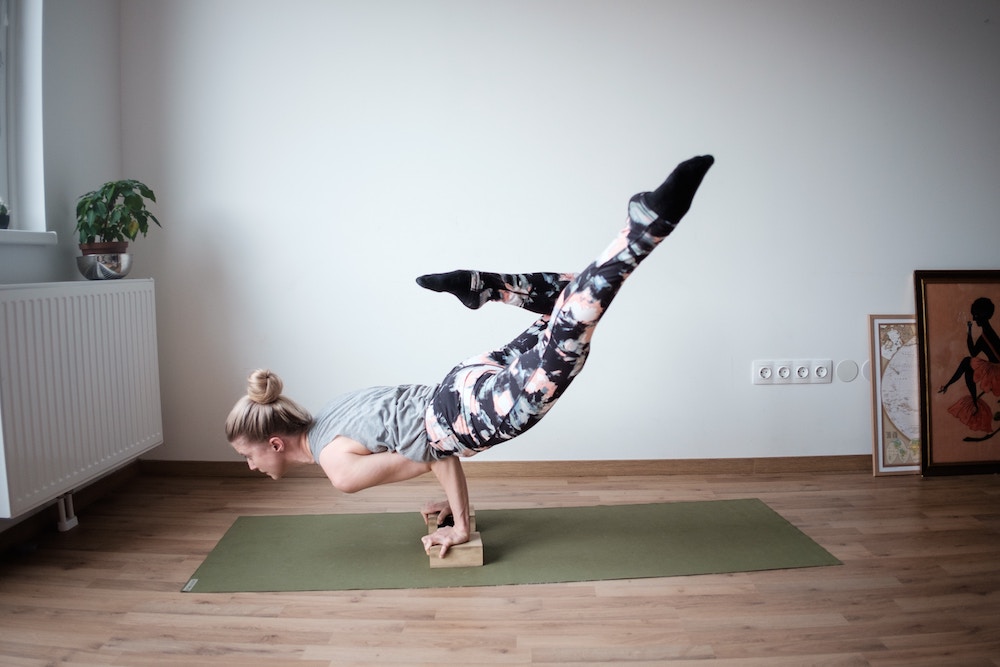
You see stability exercises are essential for making your core, your joints, and your stabilizing muscles stronger. So the next time you start to lift up heavier weights, you don’t injure your joints and muscles. Your core muscles [abdominals, glutes, hip flexors, and lower back] are quintessential to your body’s ability to move without pain. They allow you to run faster, kick harder, lift stronger, jump higher, and move with more balance and agility. Your core should be a vital part to your fitness program. If it isn’t then I would start today working on the core.
So if you are starting with stability then there are 3 things to follow:
- It’s not about speed, it’s about control. This is the time to focus on the muscle group that you are trying to target, really concentrate on it through the range of motion of the exercise, and keep your form proper and as close to perfect as you can!
- Engage your core throughout the entire exercise. An easy way that I describe this to my clients is to pretend that someone is going to punch you or kick you in the stomach as you are performing your exercise. If that truly were the case then you would be keeping your abs as tight as you can wouldn’t you? So if you doing any exercise, try to engage your abs the entire time to help stabilize your spine and strengthen the core.
- Balance is the 3rd thing to know. Balance teaches your body to engage your core. It also forces you to go slow through your motions so you can’t power through with weights that are too heavy. Lastly it teaches your brain to concentrate on right side versus left side to increase your coordination and prevent you from falling.
Strength
This is the part of the program that you are going to be focusing on muscle groups, keeping your repetitions between 8-12 reps, and breaking up your body parts. This will allow you to focus on maximizing effort for your body and really build up your muscle definition.
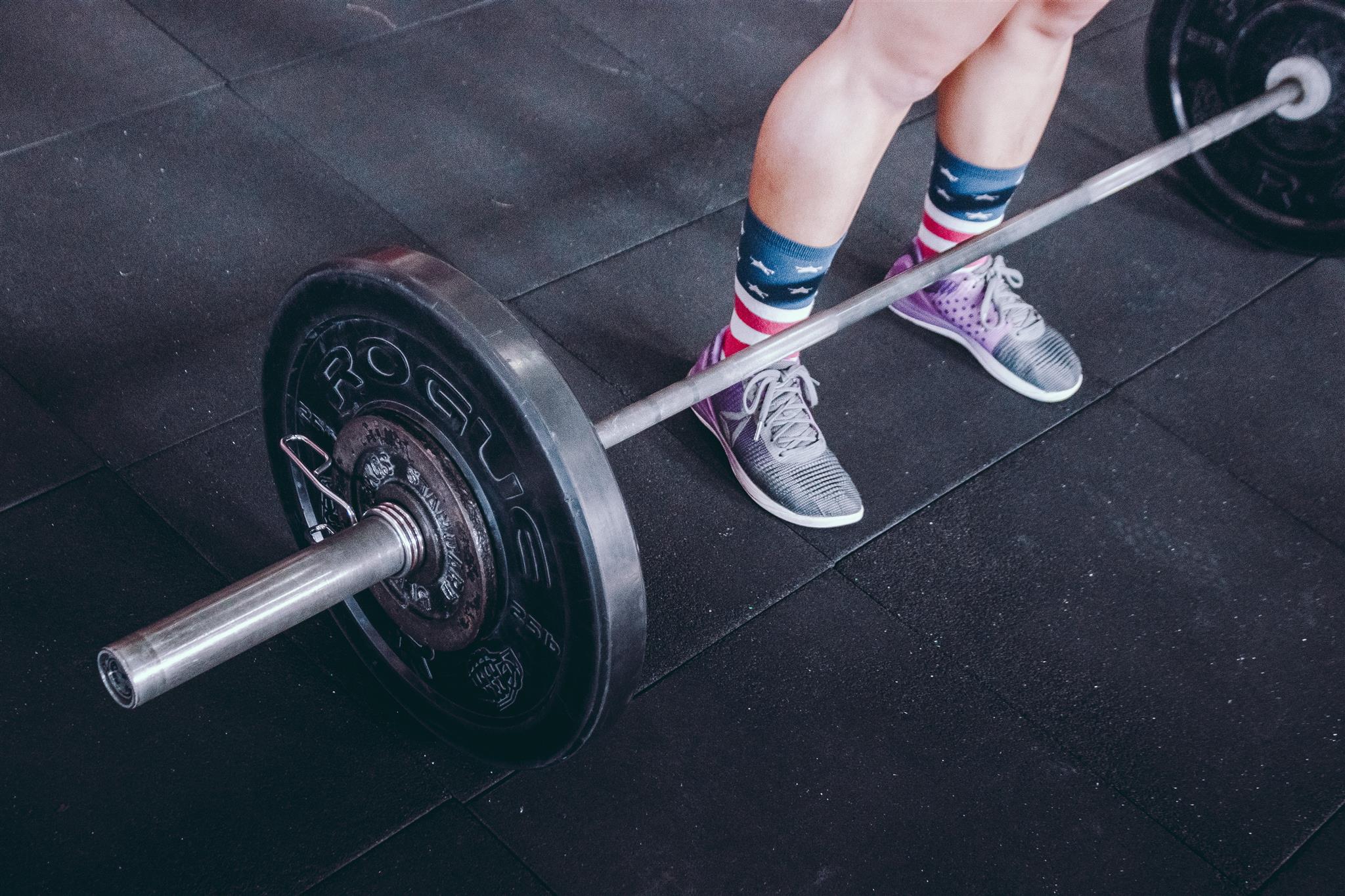
This is what most people think of when going to workout, and this is where most people stay. They never leave this place which causes your body to have a lot of muscle imbalances and prohibits your proper range of motion. This is bad because this is typically where people tear their rotator cuff, where they injure their lower back, and where they injure their knees.
So if you are starting with strength then these are the things to know:
- Break up body parts into synergist muscle groups. My typical breakdown is Chest & Triceps, Back & Biceps, Legs & Shoulders.
- Go strong so you are getting higher weights each time you come back around to strength week.
- Do 3 sets if you are in maintenance mode, but do 4 sets of each exercise if you are looking to grow and get bigger.
- I typically do supersetting of 2 exercises together during this program. I keep rest controlled but don’t go for too long. Also you want to make sure you are doing 4 or 5 exercises on each muscle group
- I always finish each day with 1-2 core exercises as well
Power
Being explosive and powerful is the name of the game in this part of the program. This is where you will be jumping, doing clap push ups, power step ups, power cleans, deadlifts, power movements, pushing a sled, slamming a medicine ball, or doing box jumps.
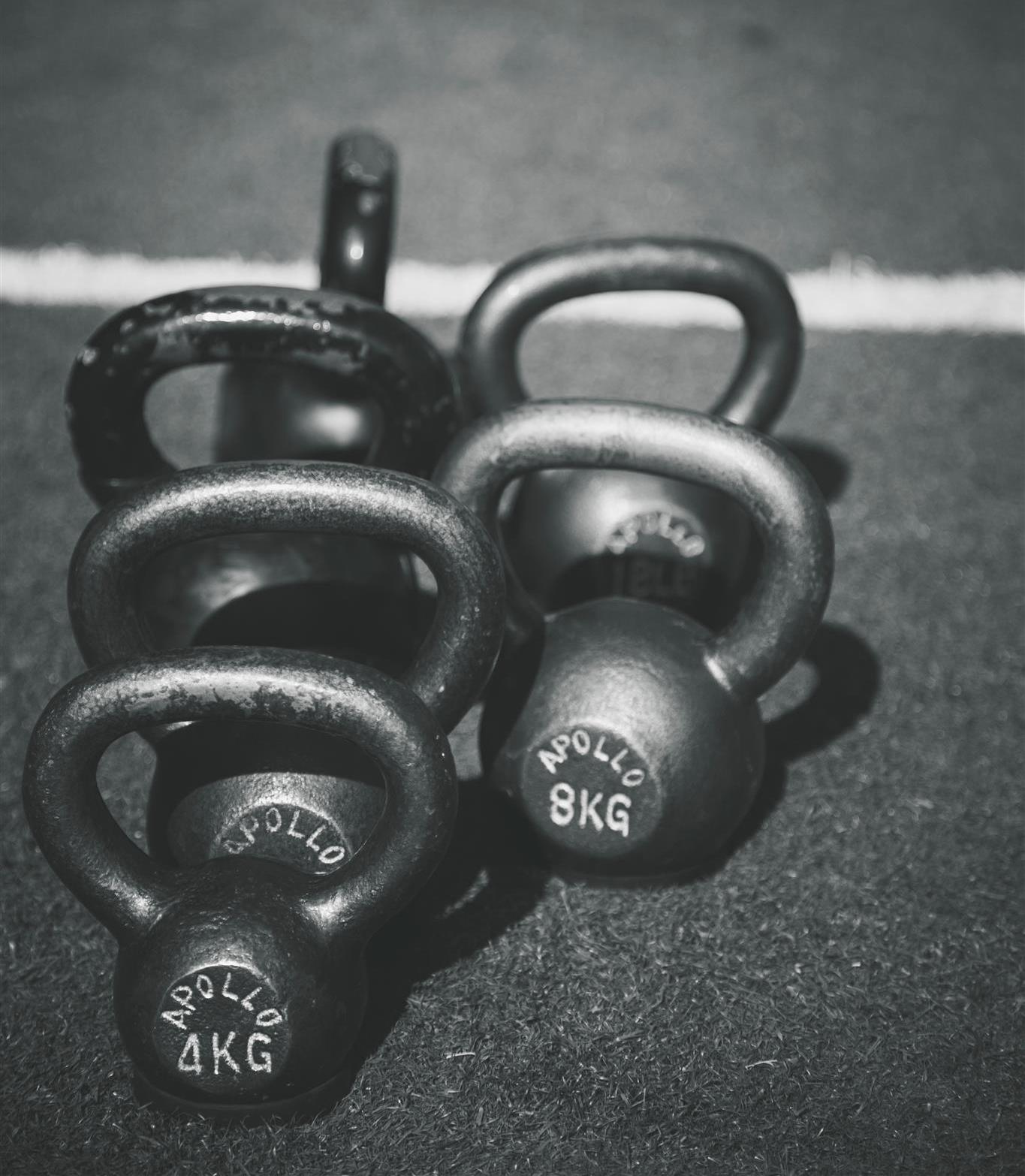
Power will make you be faster, it will make you stronger, and give you more ability to be more athletic. Power teaches your brain to give it maximum force for the rep to give you above average abilities for your task at hand.
Here is what you need to know about Power:
- You can do pause presses to emphasize explosive patterns, or you can do explosive movements with weights. A pause press is when you do an exercise and you pause at its hardest point, then power it back to the resting point. [i.e. bench press – you bring the weight down towards your chest, hold it there for 1 sec, then explode and power it back up]. Explosive movements would be to do a clap pushup instead of a regular one; or box jump instead of step up; or barbell power clean instead of barbell shoulder press.
- You can be creative and utilize a lot of variety during this phase: you can use athletic resistance bands, medicine balls, battle ropes, plyo boxes, weight belts, and kettlebells.
- Keep the reps to 4-8 reps and try to max out once a month on your weights. Teach your body to break new thresholds and really give maximum effort.
Cross-training
Your lungs are immensely important when it comes to fitness. They allow you to have endurance to play sports, play with your kids, and do daily activities without getting tired.
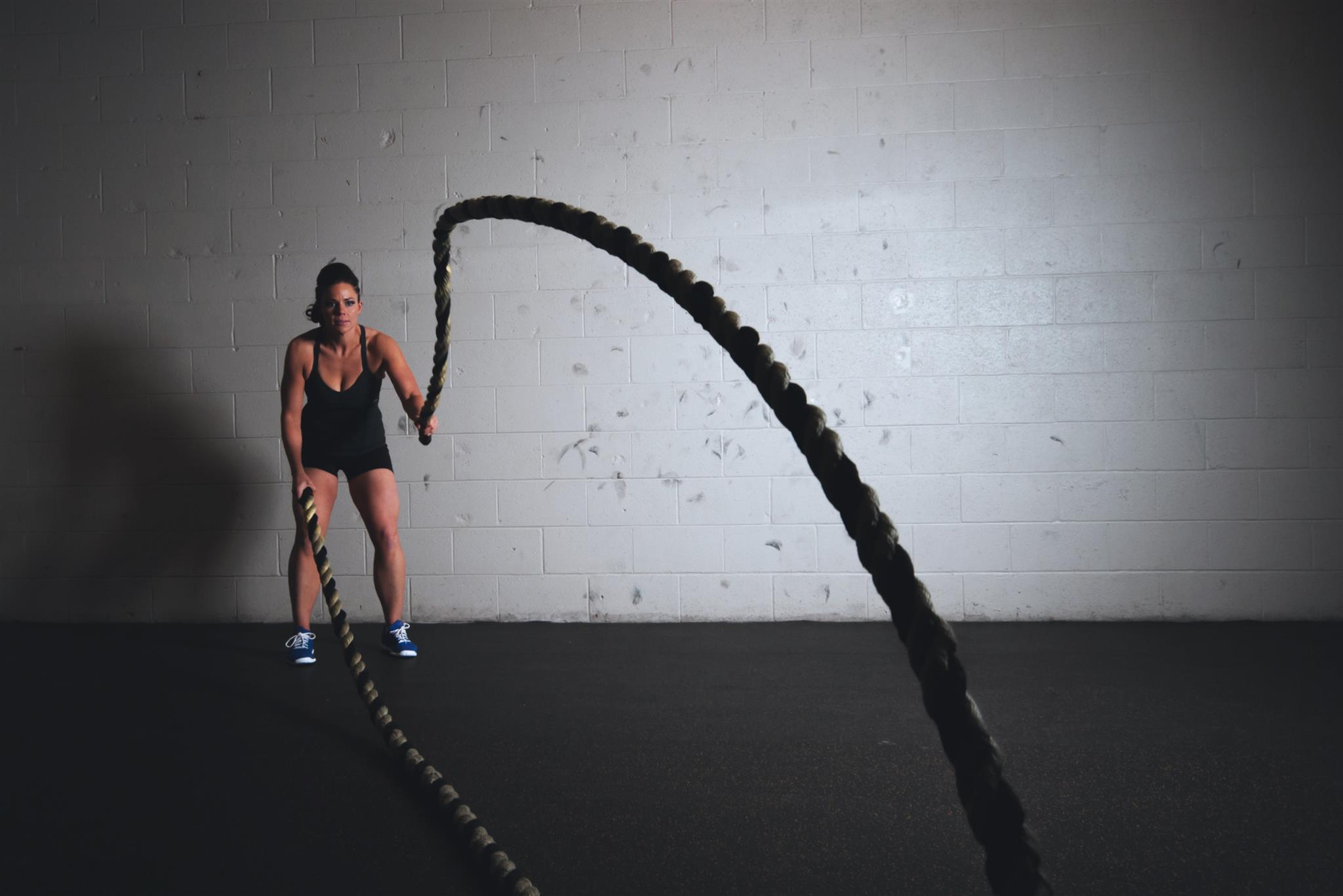
They also are the key factors in how you burn fat and lose weight. You see you burn fat by converting oxygen to carbon dioxide [aka breathing]. So the more deep breaths you take, the more fat you are burning. Cross training also plays a big role in your heart health to keep your heart pumping appropriately and improve your circulation to fight off diabetes, heart attacks, high blood pressure, low testosterone, etc.
Here is what you need to know about Cross-training:
- Circuit training or total body workouts are key to this phase. You want to push yourself aerobically more than you do strength wise. It’s not how heavy you can lift weights, but how fast you can go through a routine and limit your rest.
- Keep reps between 12-20 for each exercise training your body to push proper blood flow and oxygen to your muscles so you learn how to handle oxygen consumption while under stress.
- Try to hit every muscle group at least once per round and limit your rest to no more than 60 sec before starting again.
- HIIT training can be used here, tabatas can be used, bootcamp workouts, cardio & resistance combination, and timed drills would be effective. Again this is for endurance to make your heart and lungs stronger and improve your circulation and aerobic threshold.

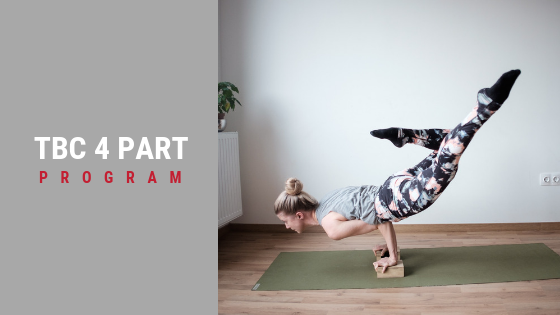

Recent Comments